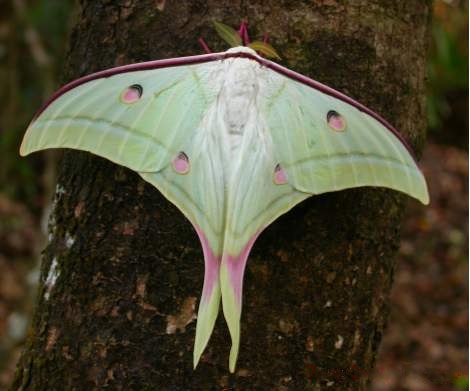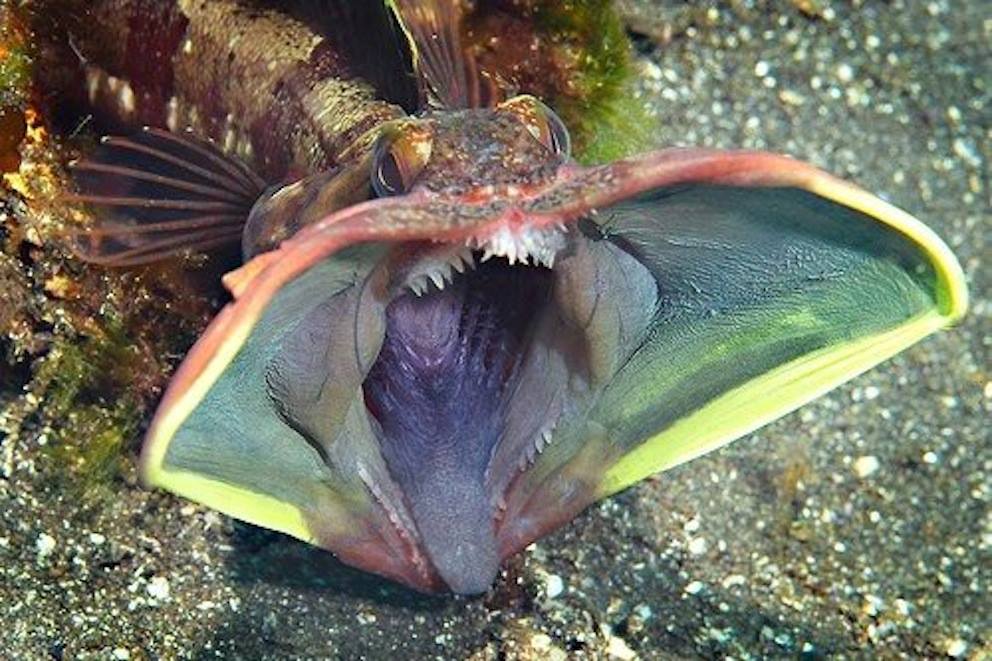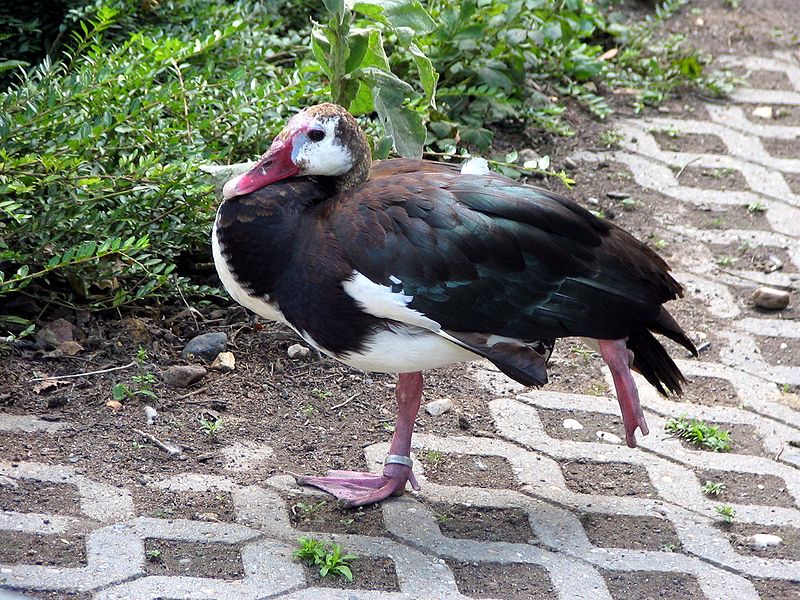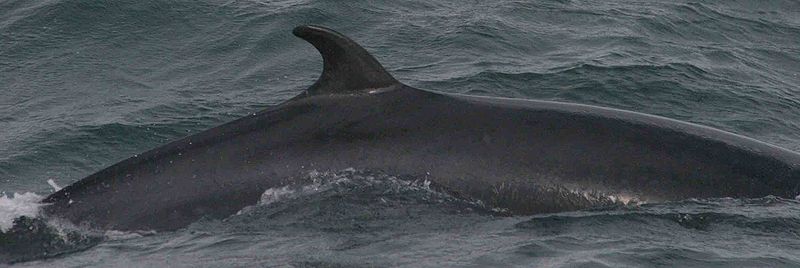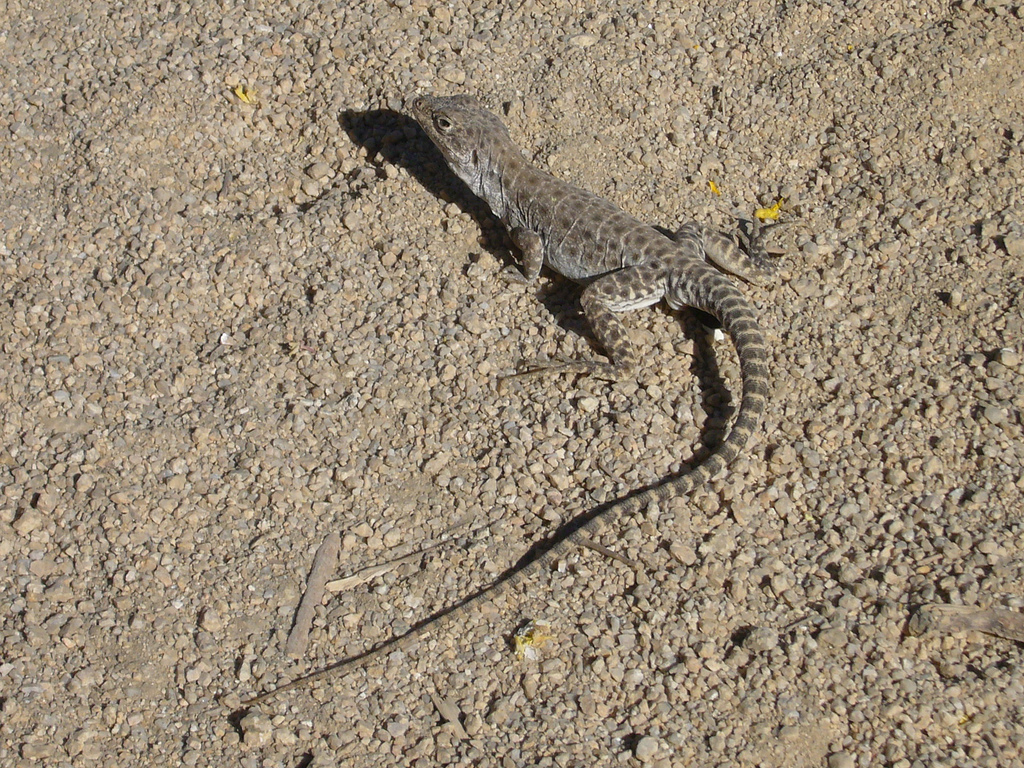
As the week winds down, we are going to take an exhilarating trip to the Himalayas today. Come one, how hard can it be to climb these little hills? While we are there, we will be on the lookout for an endangered Civet known as the Spotted Linsang. Believe it or not, this amazing creature is often mistaken as a deadly snake. I am serious and you will find out why soon enough. So let’s grab our hiking boots, and perhaps an oxygen tank or two, and head to Himalayas to learn about the amazing Spotted Linsang.
The Stalking Snake
I wasn’t kidding when I said the Spotted Linsang has been mistaken for a large, powerful snake. You see when this Civet gets hungry they stalk their prey by crawling on their stomach. Naturally, this behaviour would make them look similar to one of this slippery, slithery reptiles that we all know and love. So if you are an insect, rodent, lizard, small mammal or bird, you had better be on the lookout for an animal crawling around on their stomach. Chances are, they want to eat you. For some reason, I think it would be funny to watch the Spotted Linsang stalk a little beetle. Wouldn’t it be easier just to walk up to it and eat it?

A Life in the Trees
The Spotted Linsang spends the majority of their time hanging out in the canopy of the dense Himalayan forests. High above the ground these beautiful creatures will rest during the day only coming out to hunt during the night. They usually build their nests in the hollows of the trees, however, some individuals prefer to build their nests at the other end of the tree…..underneath the roots. I guess this is a good spot to hide a nice nest made out of dry leaves and twigs. I am not sure why some individuals prefer nest building underneath the roots but I can guarantee it would have been the last place I had looked for them. Hmmm… maybe they are on to something!
Dwindling Population
Unfortunately, the last population estimate had the Spotted Linsang sitting around 200 individuals left in the wild. As usual, habitat destruction and poaching (for their fur) are the major causes of their decline. The future is not looking good for this extremely rare Civet species, but I have hope that they will find a way to rebound.
That does it for our trip to the Himalayas. Enjoy the rest of your day and I will see you tomorrow for the last fact of the week.

